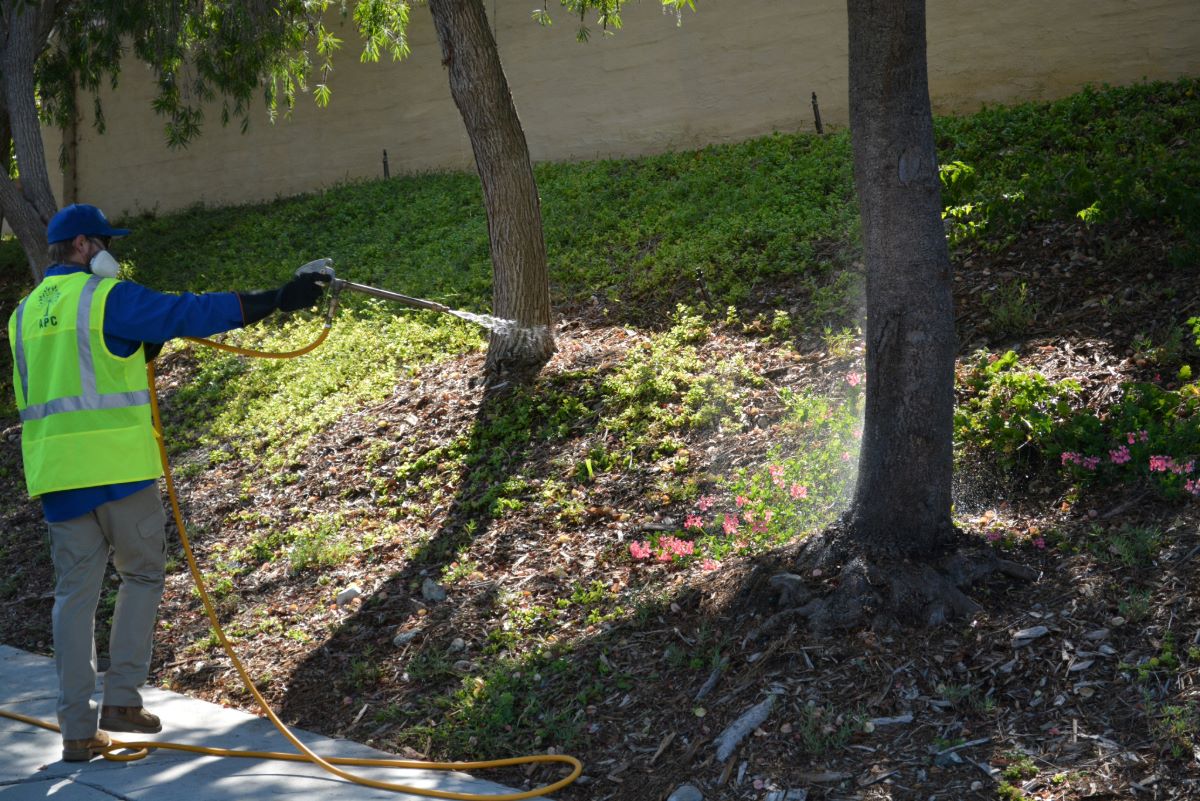About the Borers
Invasive shothole borers (ISHB) are small non-native ambrosia beetle species that bore into trees introducing a fungus that leads to a tree disease called Fusarium dieback (FD). The two species of ISHB present in California are the polyphagous shothole borer (PSHB) and the Kuroshio shothole borer (KSHB). Invasive shothole borers, unlike many invasive pests, attack a wide variety of trees both healthy and stressed. Common landscape trees and more than 65 California native species are susceptible and at risk from this pest.
These beetles are well established in Southern California resulting in spread of disease and death of thousands of trees. The tiny beetles bore into branches creating channels called galleries, here they will host larvae which well then grow into adults, mate inside the galleries and disperse female beetles to begin their life cycle again. The beetles introduce a fungus that they feed on and farm inside the trees. Invasive shothole borers and Fusarium fungi are dependent on each other for survival. Once established, this fungus caused disease disrupts the flow of water and nutrient movement through the tree’s vascular system causing stress and decline, branch die back, and in severe cases tree death.


The beetles spend nearly their entire lives inside their tree host, that and their small size make them difficult to detect / control. High attack densities can lead to severe crown and branch dieback, basal sprouting, and eventual tree death. Knowledge and management of infestation can aide in neutralizing the spread of this pest.
Infestation Symptoms and Signs of Damage
Symptoms of ISHB attacks and fungus infection differ among tree species. The beetle produces a very precise, perfectly round, tiny (< 0.1 inches in diameter) entry hole in most trees. These entry holes to the beetle galleries are the size of a ball point pen tip and one of the main signs to indicate their presence. Entry holes are typically accompanied by the tree’s visible response to stress. These symptoms may be staining, sugary exudate (also called a sugar volcano), gumming, and frass (saw dust) may be noticeable before the tiny beetles are found. Once a tree shows presence of infestation, tree survival is not certain.
Currently there are 66 known susceptible tree species shown to be targets of ISHB. The following are susceptible to ISHB-FD that are known to cause tree death:
Keeping trees in good health is always a good defense against pest and disease. Healthy trees are more likely to recover quickly from an attack.
Early detection of infestation and sanitary removal of the infested branches will help reduce vector populations and the spread of this pest-disease complex.
Treatments are available for trees with light-moderate infestation as well as preventative treatments. It is important to note that the chance of saving a moderate to heavly infested tree is low.
Ensure a qualified, trained and experienced applicator is caring for your trees. Contact us today to make a tree health care plan









